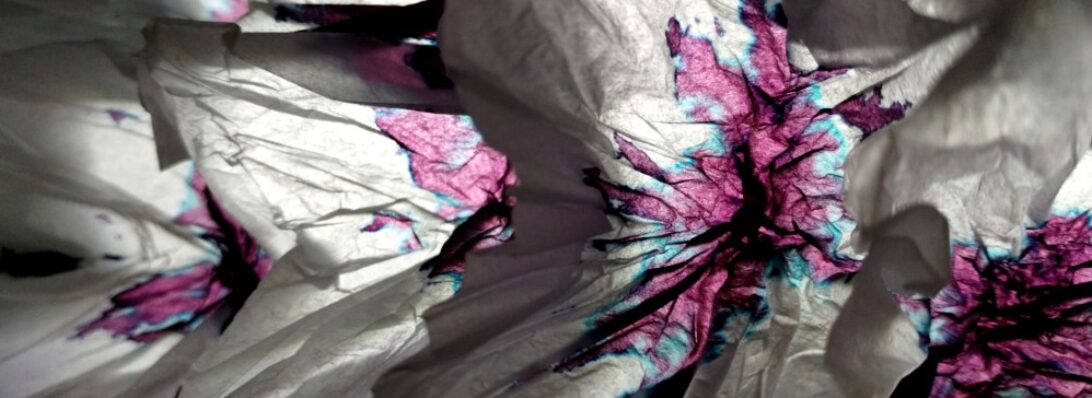Looking for a model to welcome in the new year, and also to further my Crease Pattern solving ability, I hoped this model would serve both purposes:

Part of a book I have helped edit prior to publishing, this is 1ctzH8jm0N2’s “Bone Dragon”, a CP and photodiagram sequence from the forthcoming book “Ori-Fancy 6”.
I started with a 90cm square, I divided into a 32 grid, then located the required diagonals, then begin allocating mountain and valley orientation to the creases before attempting the collapse.

There are lots of details here, and the initial collapse generates most of them – I buggered up the head collapse (rather I found the intricate point in point structure that would eventually become the horns too hard to do initially) but found it easy to do post-collapse, and was initially flummoxed by the feet structure until I realised a series of sinks needed to be closed-sinked, and another set needed to be open-sinks (hopefully this will be made clear in the final photo diagram annotations).
The body ends up being 30+ layers, making the necessary crimping for shaping really difficult with thick paper (I used natural Kraft paper) – there is a nice “bulk” to the body, and the body feels solid – thinner paper would make shaping less torturous.
Continue reading






